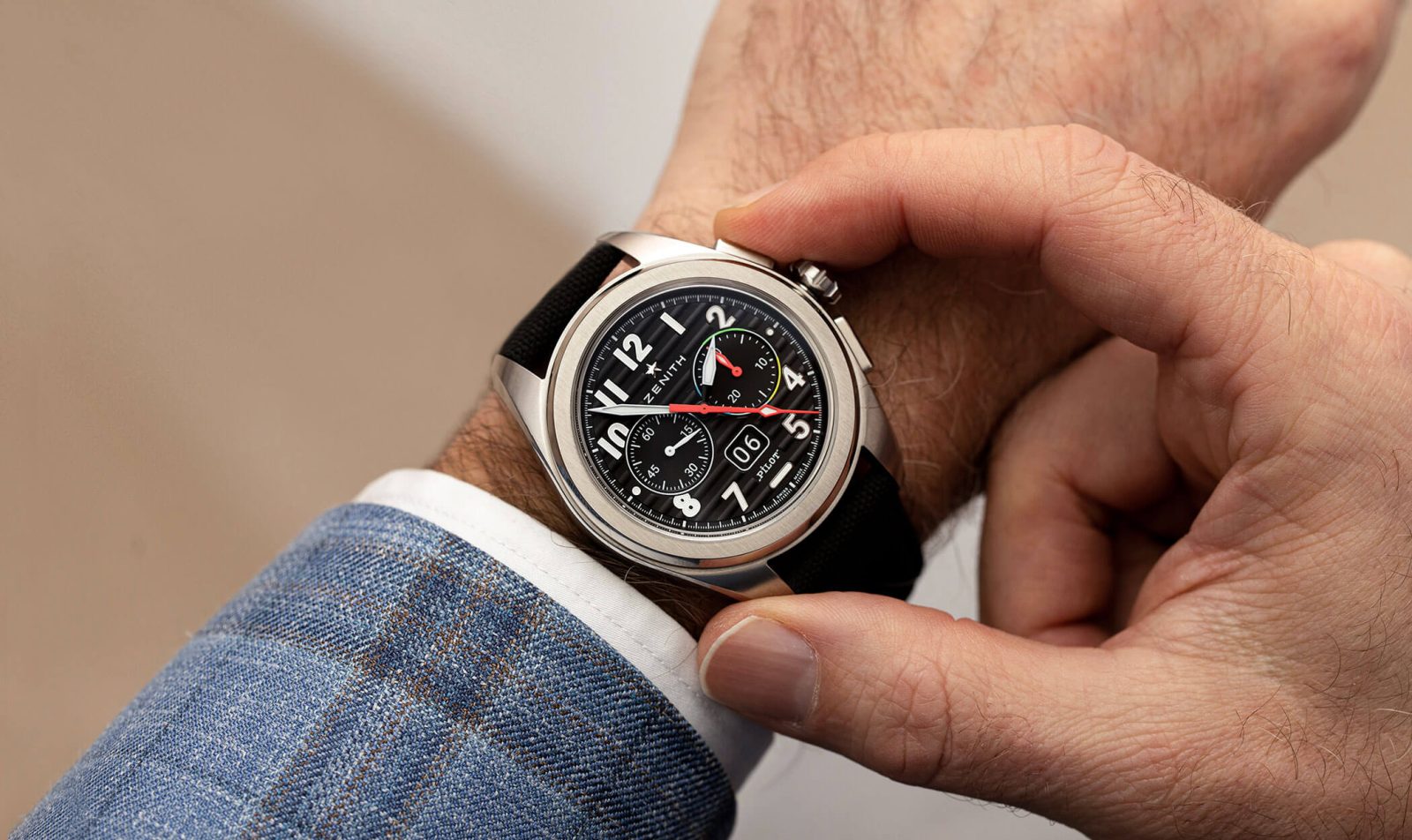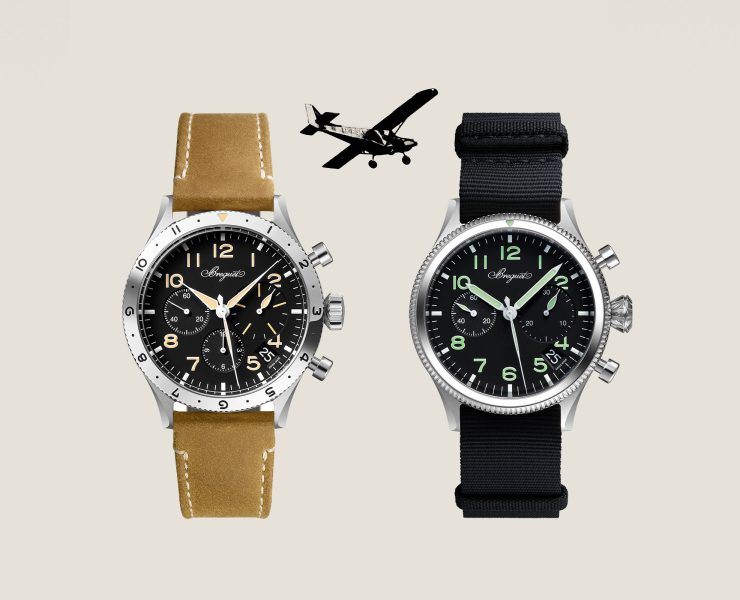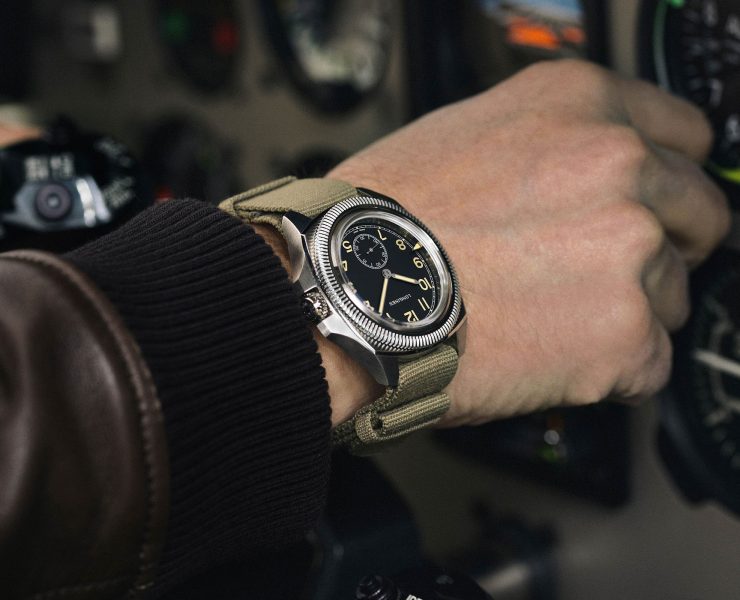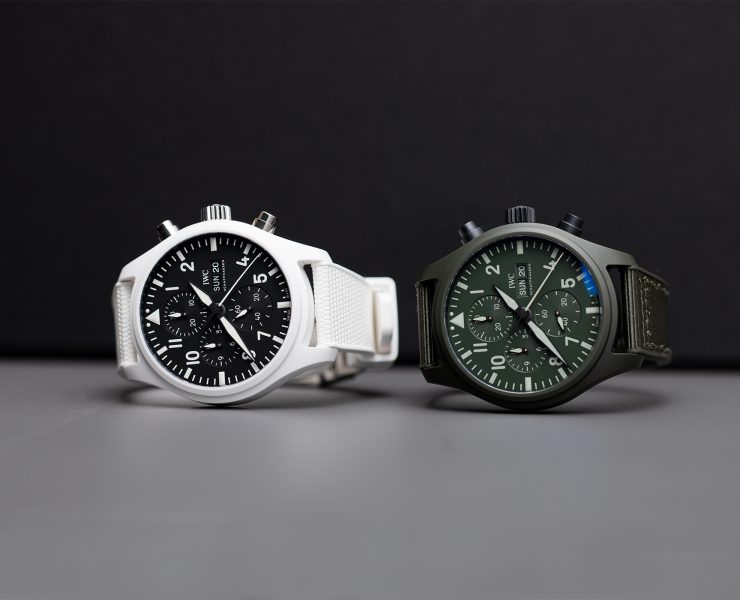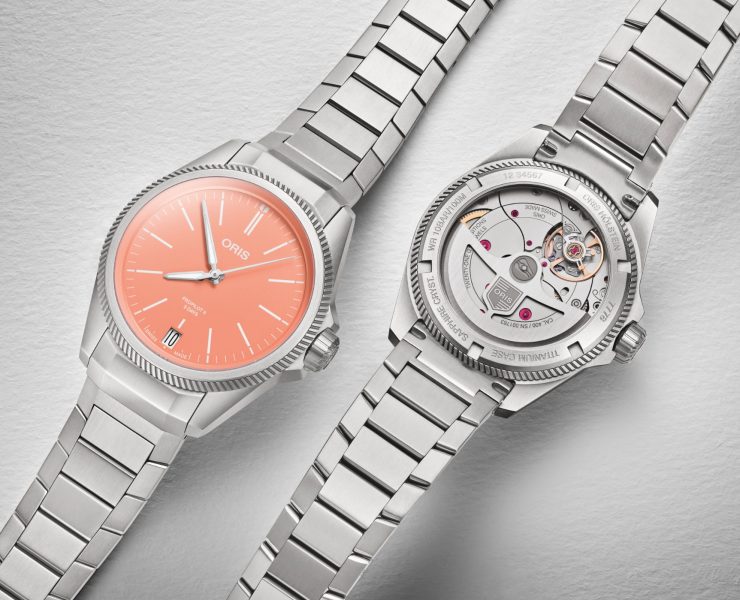Ever since the Wright brothers revolutionised aviation in 1903, watch manufactures have competed to produce the best, most precise, and most functional tool watches for the skies. Given the superlatives with which some manufactures gild themselves today, it is easy to lose track of who actually played what role and when. After all, there are numerous watch brands that were involved in the production of pilot’s watches for military use, before later conceiving civilian models that remain in use to this day.
However, a look at the chronicle of Pilot’s Watches shows that Zenith was the second watch brand to produce wristwatches for pilots. As early as 1904, Cartier produced a wristwatch for aviation pioneer Alberto Santos-Dumont, which then went into series production in 1911. It was the birth of the Santos, which is still produced today and is a well-established icon. Although Zenith is considered a pioneer in the manufacture of on-board instruments and pilot’s watches, the its collection was not consistently maintained over the decades. It was only under the leadership of CEO Jean-Frédéric Dufour (2009 – 2015) that things picked up again. His successor Julien Tornare saw equal potential. This brings us to last year, when Zenith celebrated a major pilot’s watch comeback.
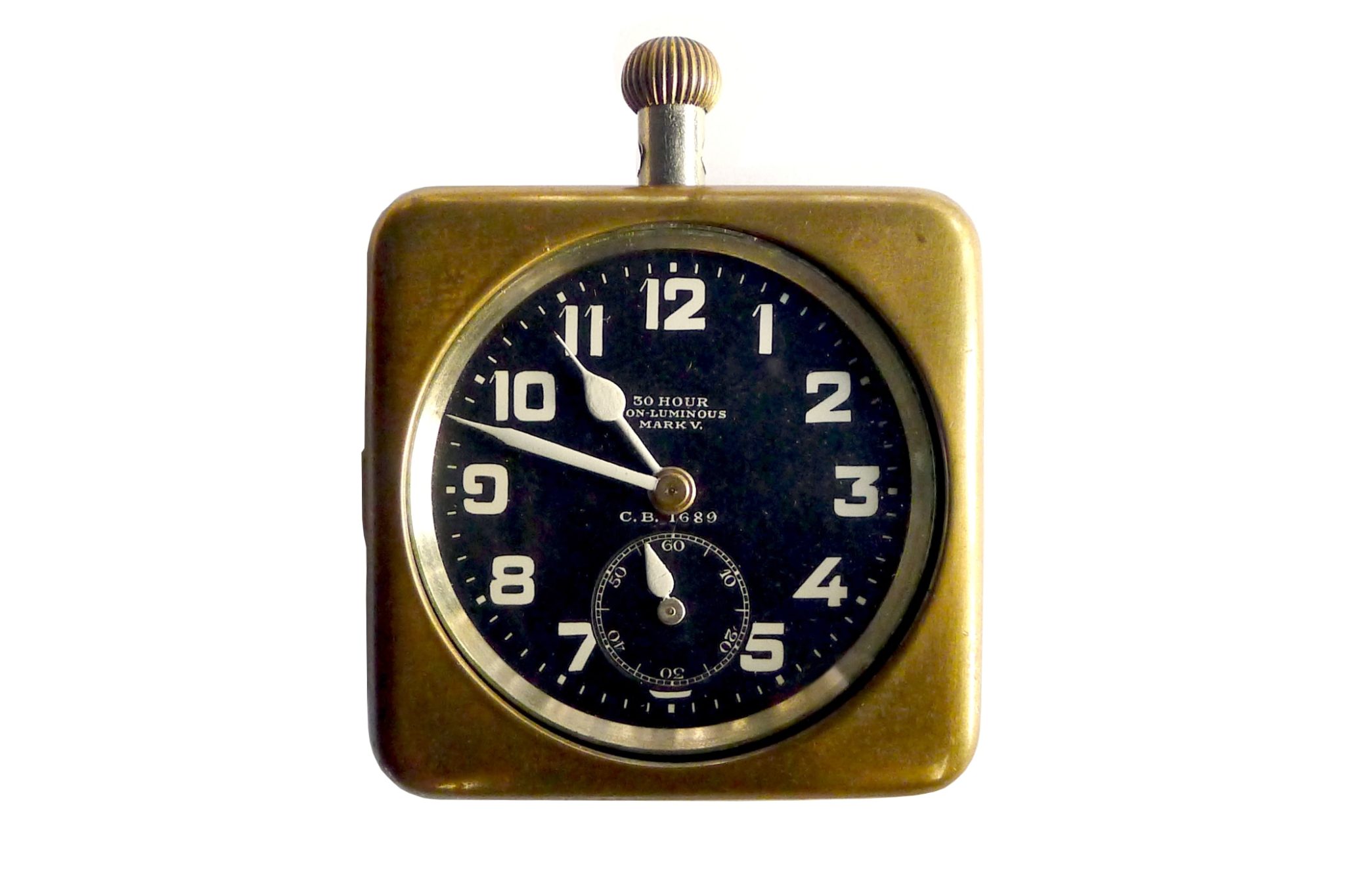
A Zenith pilot’s pocket watch used by Royal Air Force pilots between 1916 and 1918
Flying high with watches from Zenith
When motorised aviation experienced its breakthrough at the beginning of the 20th century, one record followed the next. Santos Dumont, Amelia Earhart, Charles Lindbergh and Louis Blériot became pioneers of aviation and relied not only on the on-board instruments of renowned watch manufactures, but also on watches specially designed for pilots. These timepieces were usually characterised by their good readability thanks to large numerals, oversized cases, and distinctive crowns. Frenchman Louis Blériot became a well-known ambassador for the pilot’s watch, as he was the first person to cross the English Channel in an airplane in 1909 – and did so wearing a Zenith Special with a black enamel dial with large, white, noctilucent numerals and hands, a fluted, widely protruding crown, a leather strap, and a 40 mm nickel case as well as a rotating bezel with a marking arrow.
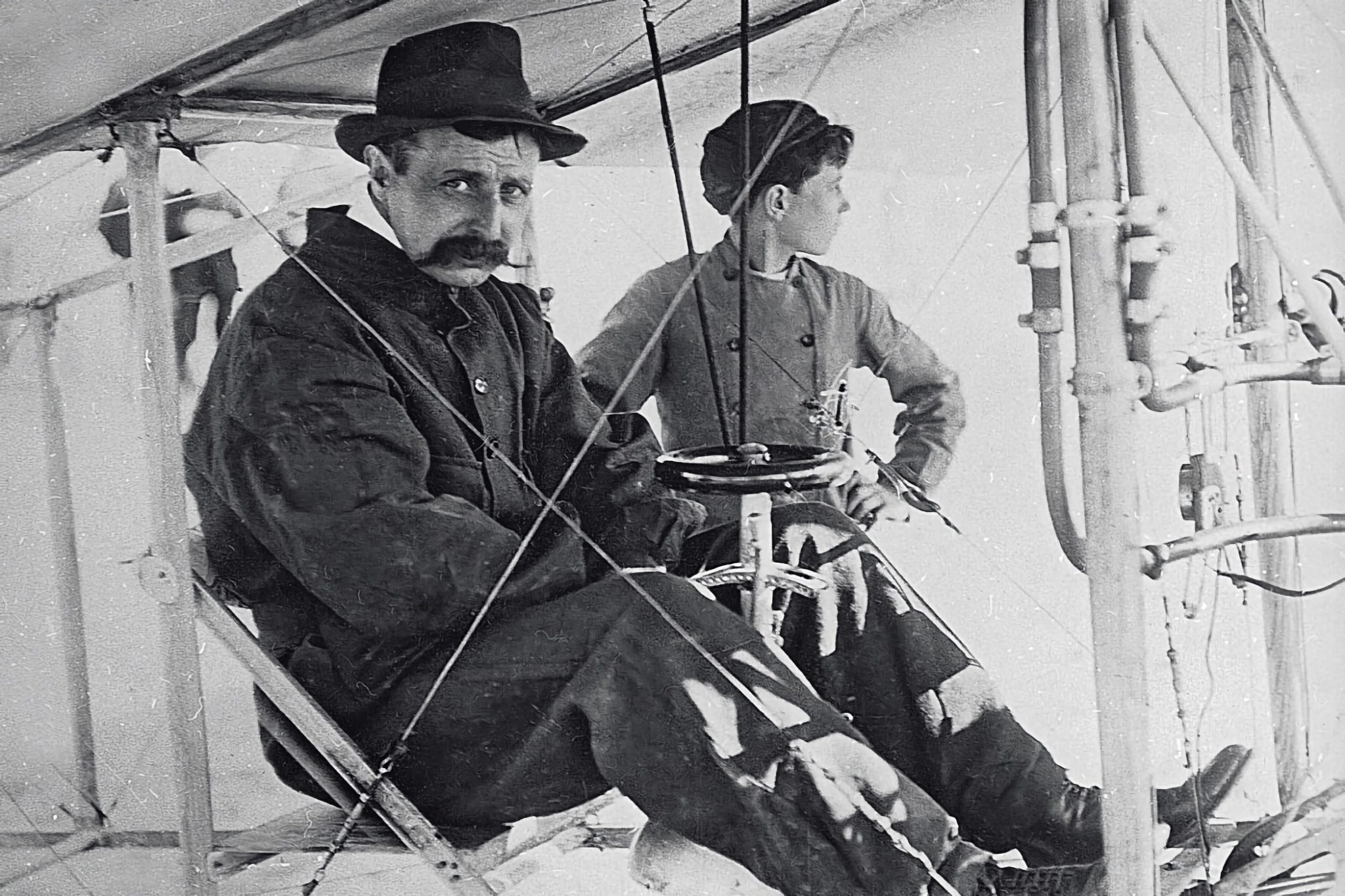
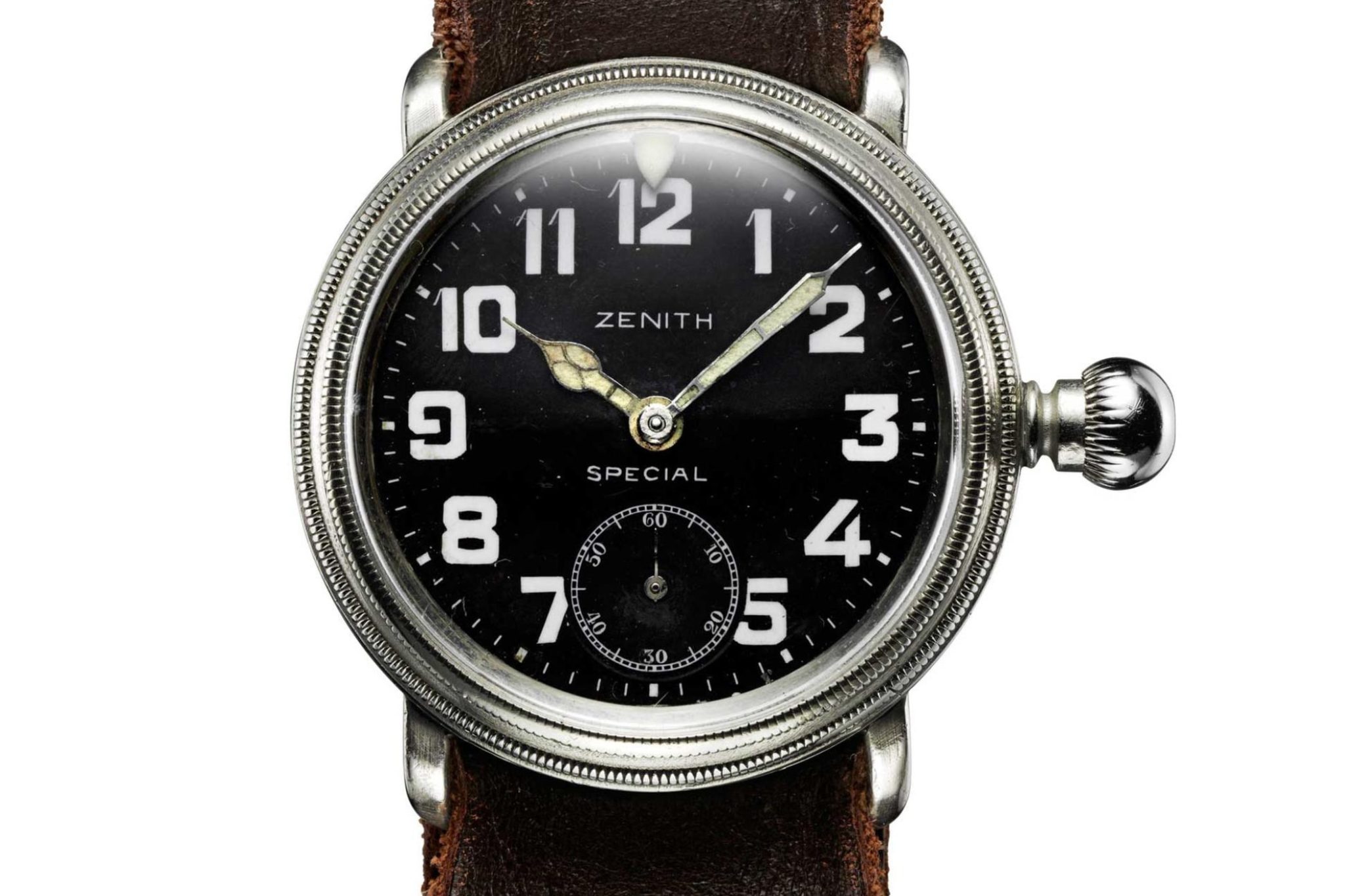
Louis Blériot and his Zenith wristwatch
Source: thejewelleryeditor
Léon Morane, another aviation pioneer from the early days of motorised aviation, also relied on a Zenith timepiece when he became the first person to break the magical 100 km/h barrier in an aircraft in 1910. Alongside other well-known competitors such as Breitling, IWC, Breguet, Longines and many more, Zenith also continued to equip the dashboards of military air force units with its Zenith Montre d’Aéronef Type 20 instruments. From 1916 onwards, the US, British, German, Polish and Italian armed forces were among the units that relied on the expertise and know-how of Zenith engineers and watchmakers. In 1917, Zenith designed the 33 mm Signal Corps for the Royal Flying Corps, forerunner of the Royal Air Force, with a metal guard to protect the crystal.

Louis Blériot pays tribute to Zenith’s Precision
‘Pilot’ as a patent
Today, Zenith is the only watch brand that is officially allowed to write the name ‘Pilot’ on its watches. The watchmaker had the word ‘Pilote’ patented as early as 1888 – followed by the English version ‘Pilot’ in 1904. The designation Type 20, for the on-board instruments of air force units, also appeared somewhat later on Breguet’s pilot’s watches. Type 20 for the military models and Type XX for the civilian models. It is not clear why the two watchmaking companies decided on the respective terms.
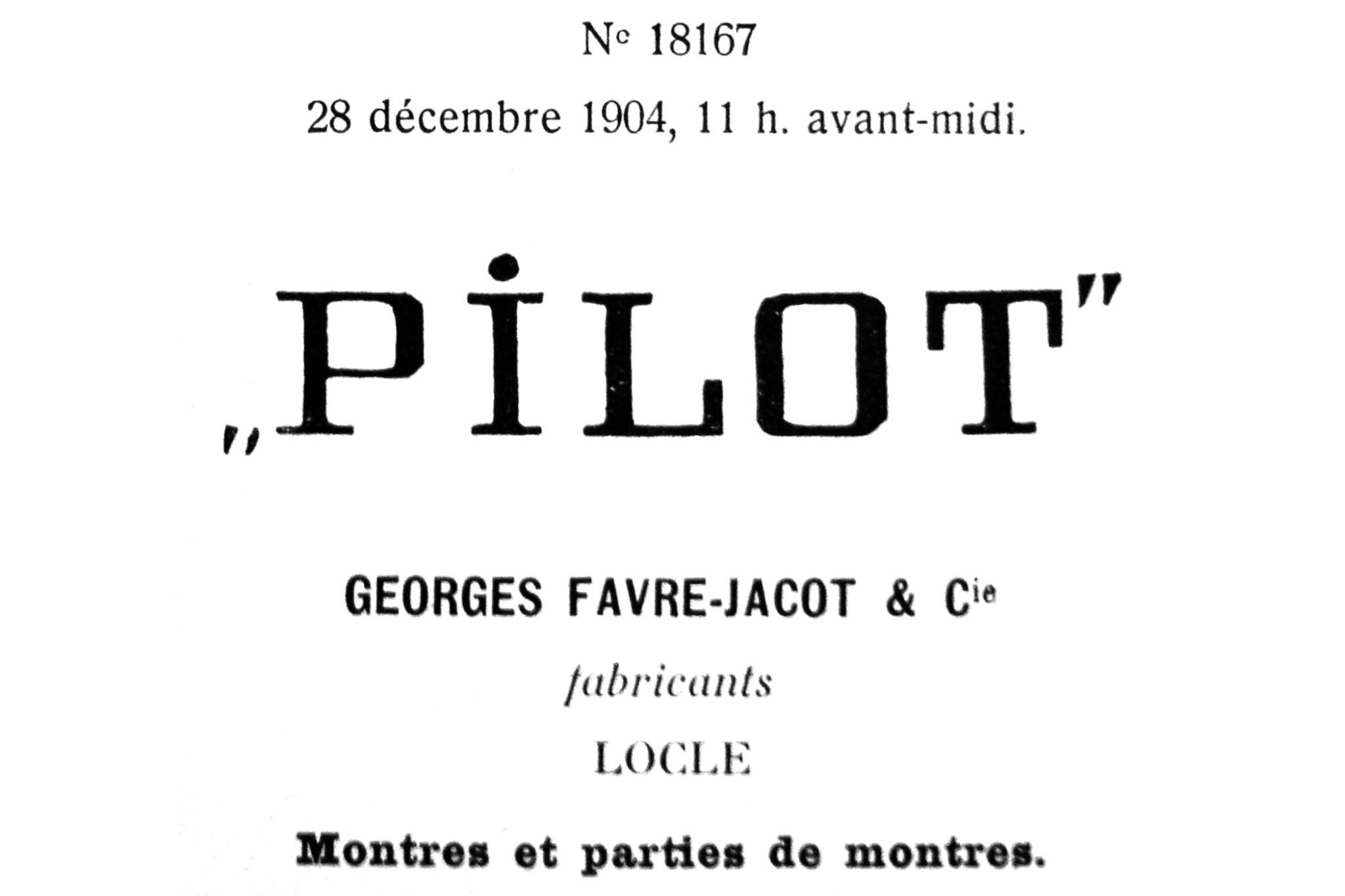
In 1939, at the beginning of the Second World War, Type 20 on-board watches ‘Type 20 montre d’aéronef’ appeared in the cockpits of French Caudron training aircraft. They had a hand-wound movement, a large matte-black dial, and large luminous-coated numerals. All of Zenith’s later civilian pilot’s watches were ultimately inspired by these cockpit watches, but also by Morane and Blériot wristwatches. In 1957, Zenith launched a watch called the Pilot. Although it looks more like a dress watch, it is anti-magnetic, water-resistant, and equipped with shock protection. Zenith designed a second stop to synchronise the second hand with a time signal.

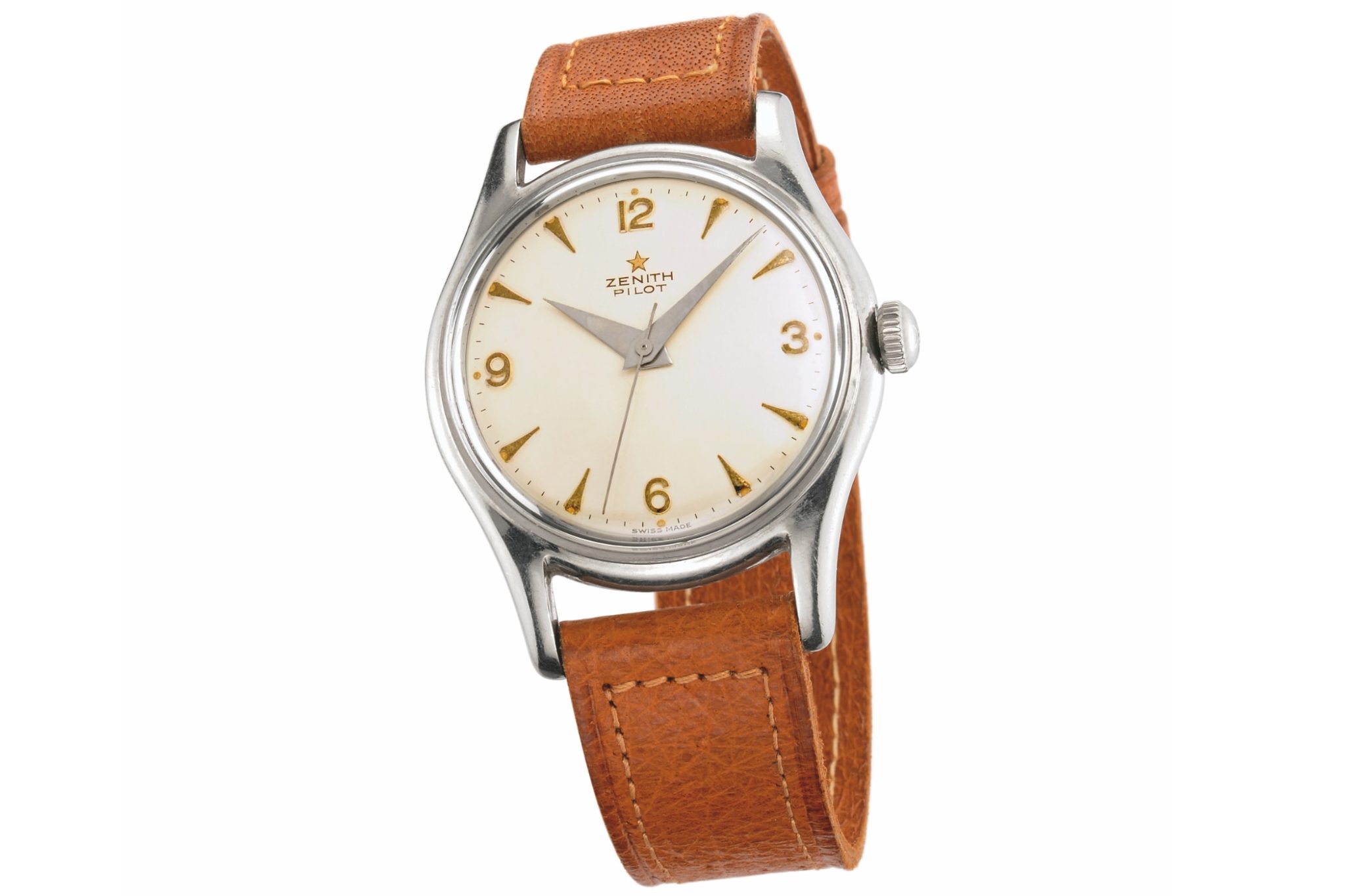
Zenith 1939 Montre d’Aeronef ‘Type 20’ and a Pilot from the 1950s
New priorities
In the following years, Zenith largely turned away from pilot’s watches, instead laying focus upon research and development in high-frequency chronograph calibres. In 1969, the first automatic chronograph calibre El Primero was introduced, which remains inextricably linked to the brand today. Between 1968 and 1972, another batch of 2,500 ‘Tipo CP2’ pilot’s chronographs (with hand-wound calibre 146DP) were produced for the Italian Air Force. These remain highly coveted by collectors today under the nickname ‘Cairelli’ (after the distributor A. Cairelli), but after that, Zenith’s pilot’s watches went quiet for a while.

In 1971, the US company Zenith Radio Corporation took over the management of Zenith and focused everything on the electronic watch. However, when Zenith returned to its former glory in the early 1980s, classic and sporty El Primero chronographs dominated the range, and Zenith put more effort into researching new complications. The Pilot line was forgotten for almost 40 years. It was only when Jean-Frédéric Dufour took over the management of Zenith in 2009 that he turned the product catalogue upside down, compressed collections by removing references, and returned to the true strengths of the watch manufacture. Dufour is therefore also largely responsible for the pilot’s watches finding their way back into the collection.
The comeback of the Pilot
This became very much the reality in 2012 with the launch of the Pilot Montre d’Aéronef Type 20 with a gigantic 57.5 mm case diameter – reminiscent of the onboard instruments with their oversized numerals and the large onion crown of the early pilot’s watches. The case, on the other hand, was made of ultra-light titanium, compensating for the massive diameter. The new era of pilot’s watches from Zenith should of course also be heralded with an appropriate movement. Thus, the decision was made to use the 5011K calibre, which was originally installed as a pocket watch movement for the first time in the 1960s, and set a rate accuracy record at the observatory in Neuchâtel in 1967. As the movement has a diameter of 50 mm, it was clear that the case would be correspondingly large. 250 of the Zenith Pilot Montre d’Aéronef Type 20 were produced.
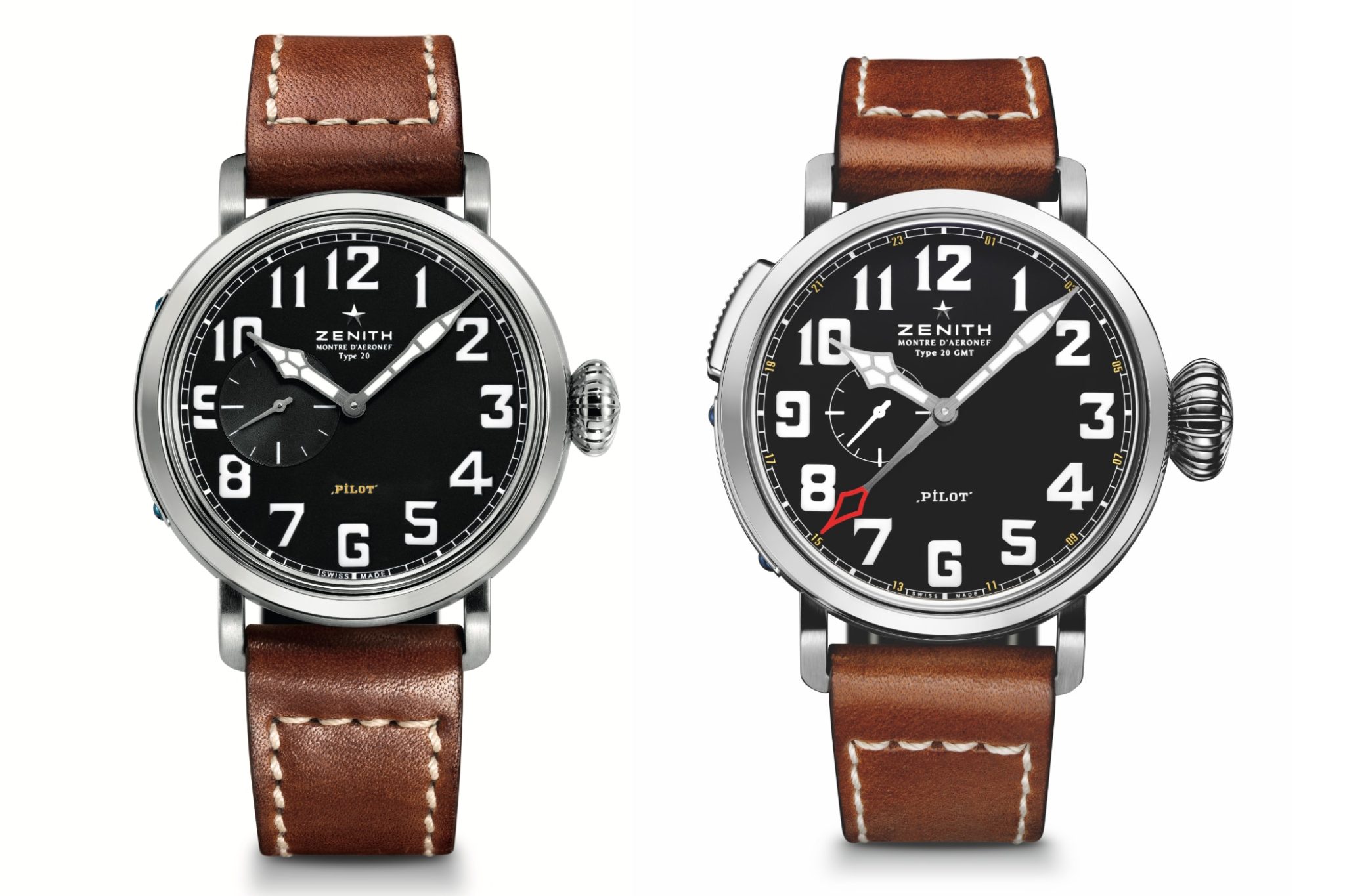
Montre d’Aéronef Type 20 (2012) & Montre d’Aéronef Type 20 GMT (2013)
In 2014, Zenith’s Pilot Type 20 ‘Extra Special’ briefly caused misunderstanding and confusion among fans of the brand. Having only just returned to the strengths of the brand, Zenith suddenly installed a Sellita 300 movement, which did not do justice to a brand with such historical depth in movement construction and countless records. It was well-intentioned, as the reintroduction of pilot’s watches two years earlier had been so popular, but a potential clientele simply could not afford the watches and so they wanted to offer a pilot’s watch below the 5,000 Swiss franc mark – but the decision backfired. Zenith therefore returned to its own manufacturing strength in the same year. In addition to the Type 20 ‘Extra Special’, Zenith launched one other version with a second time zone and an in-house Elite 693 calibre movement in 2014: the Pilot Type 20 GMT 1903. It served as a tribute to the aforementioned Wright Brothers, who made the first motorised flight over a distance of 40 meters in 1903. The Pilot Type 20 GMT 1903 with a 48 mm titanium case was limited to 1,903 pieces.
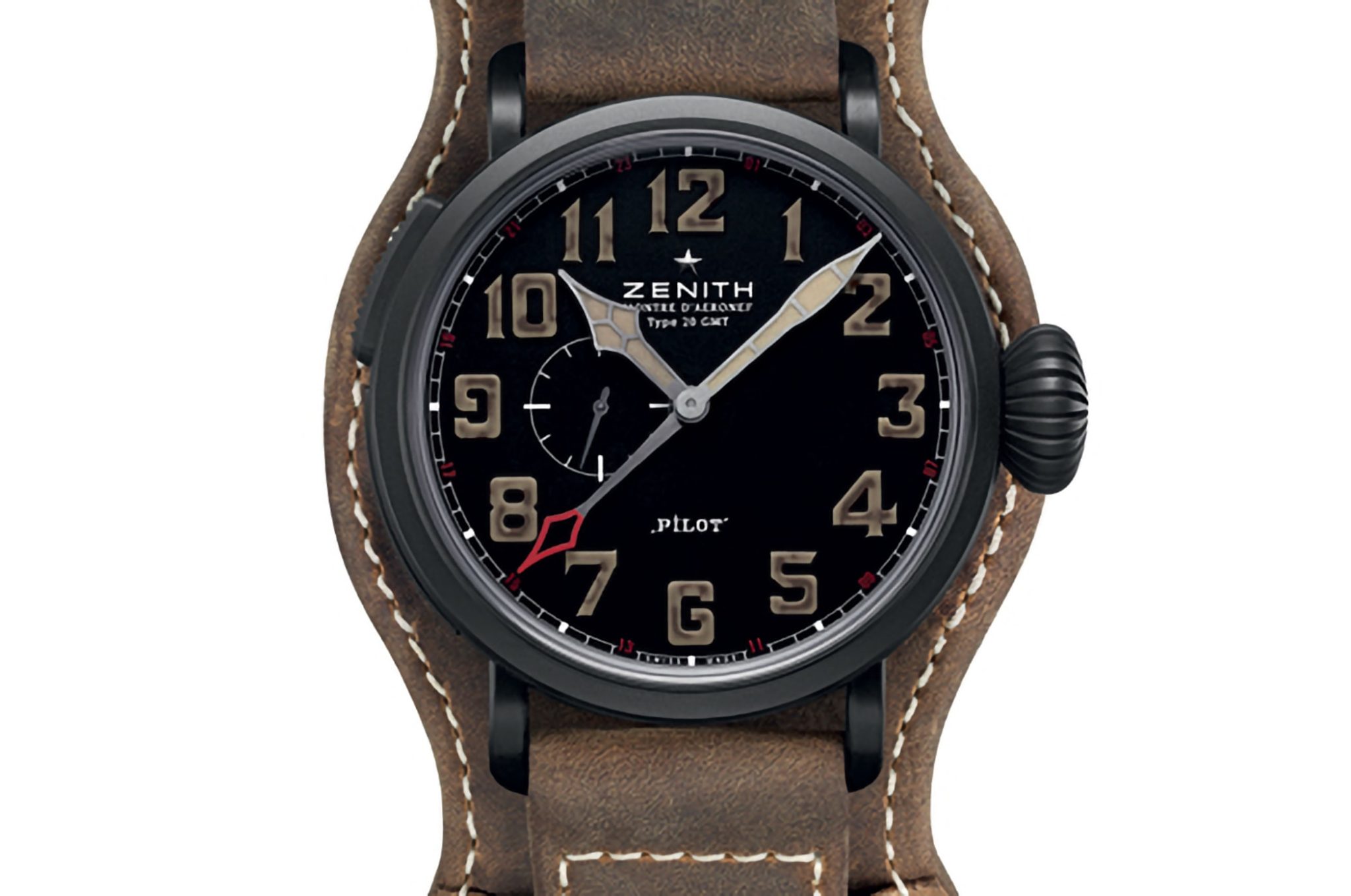
Pilot Type 20 GMT 1903
Source: gphg
By this point, there was no stopping the Pilot. Not a year went by without Zenith presenting at least one new Pilot model. In 2015, for Zenith’s 150th anniversary, there were three new models. The Pilot Type 20 Hommage à Louis Blériot was, as the name suggests, a tribute to the aviation pioneer Blériot. The dial of this pilot’s watch, limited to five pieces, is made of meteorite stone (also known as Muonionalusta meteorite) and is equipped with Zenith’s ultra-precise calibre 5011K. Likewise limited to five pieces, the Pilot Type 20 Squelette featured a fully skeletonised version of the calibre 5011K. Both anniversary models have a sapphire crystal case, which – especially with a skeletonized movement – is completely at odds with the idea of a simple, easy-to-read tool watch, from which pilot’s watches were originally developed. But visually and technically, they were extremely successful and, at 205,000 euros, certainly destined for connoisseurs. The third anniversary edition in the group was the Pilot Type 20 Extra Special (Elite 679) with a bronze case and a more affordable price of 6,900 euros.
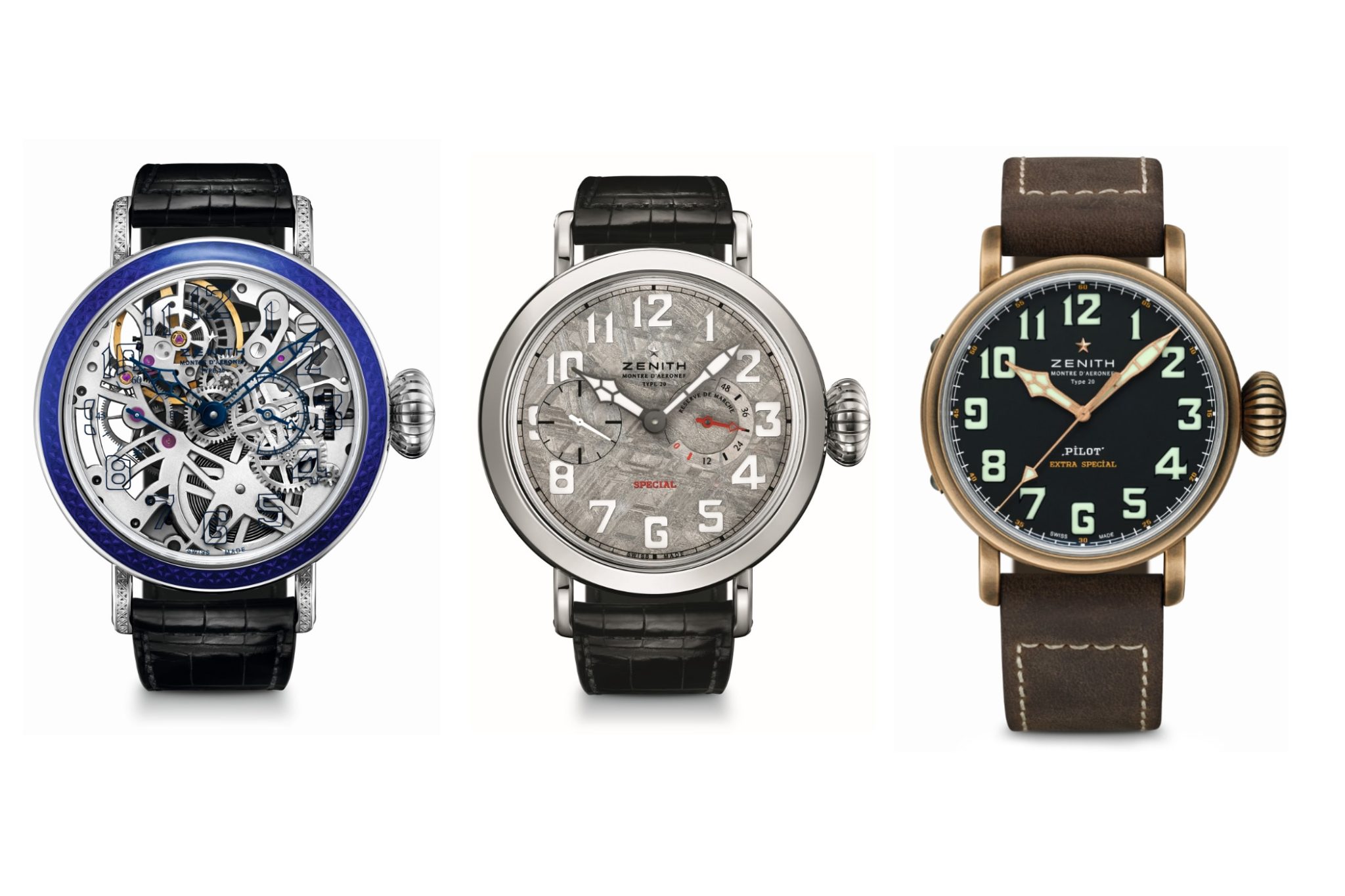
Pilot Type 20 Squelette, Pilot Type 20 Hommage à Louis Blériot, Pilot Type 20 Extra Special
The first Pilot’s watch with an El Primero movement
Two years later, in 2016, Zenith’s first pilot’s watch with the legendary El Primero movement was released, finally merging two historically relevant milestones for the brand: the El Primero and pilot’s watches. The Heritage Pilot Café Racer Spirit (later renamed Heritage Pilot Ton-Up) with the El Primero 4069 had a case diameter of 45 mm and was inspired by souped-up motorcycles reduced to the essentials.
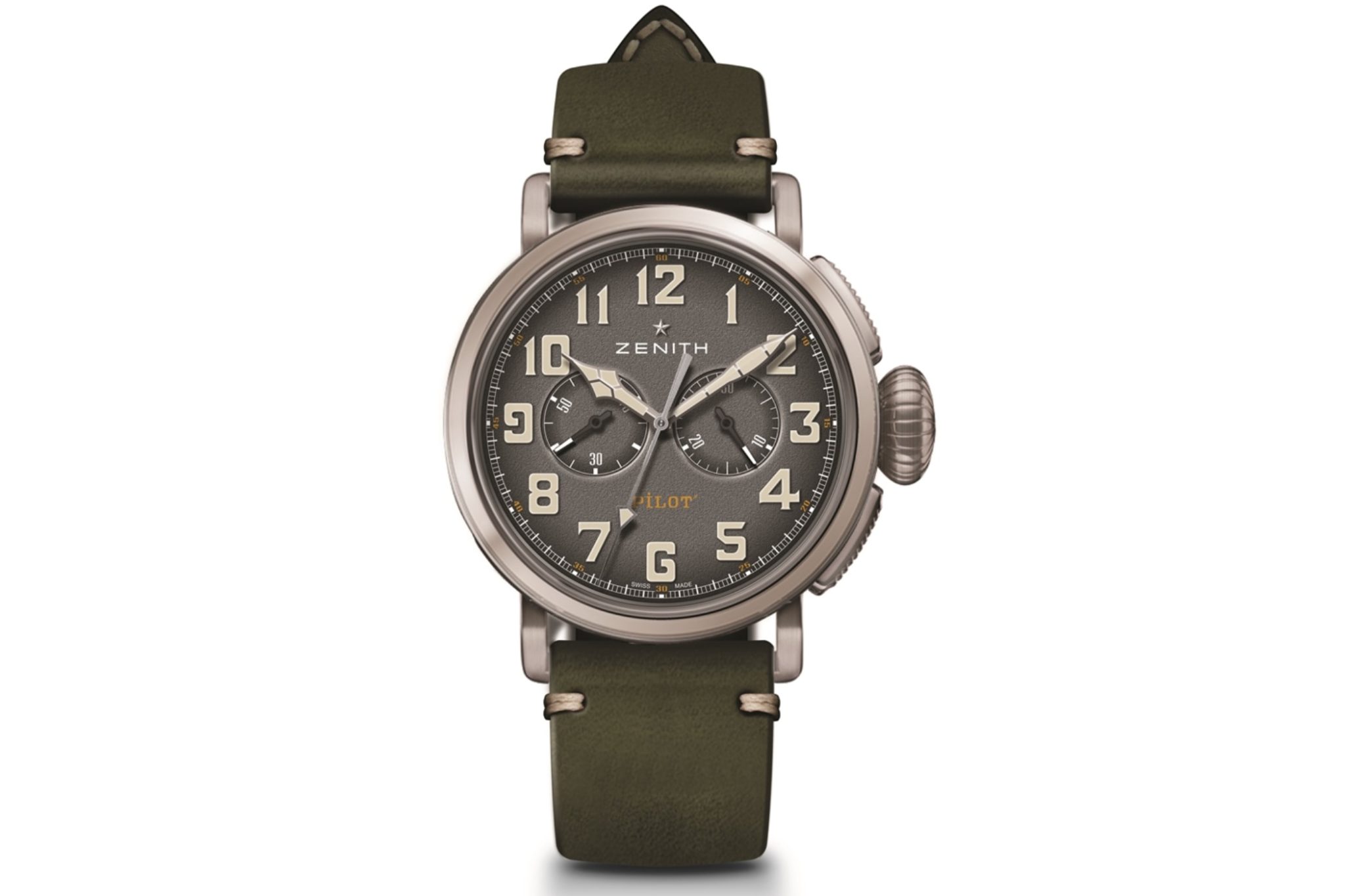
Zenith Heritage Pilot Ton-Up
Another highlight this year was the return of the Tipo CP-2 from 1939, which, as described above, is highly coveted among collectors and has been nicknamed the ‘Cairelli’. Just 2,500 of the original were produced. The new Cronometro Tipo CP-2 was presented in a special series of only 1,000 pieces. CP stands for Cronometro di Polso, meaning ‘wrist chronometer’. The El Primero 4069 ticks inside the watch. The Tipo CP-2 was released with a flyback function in 2018.
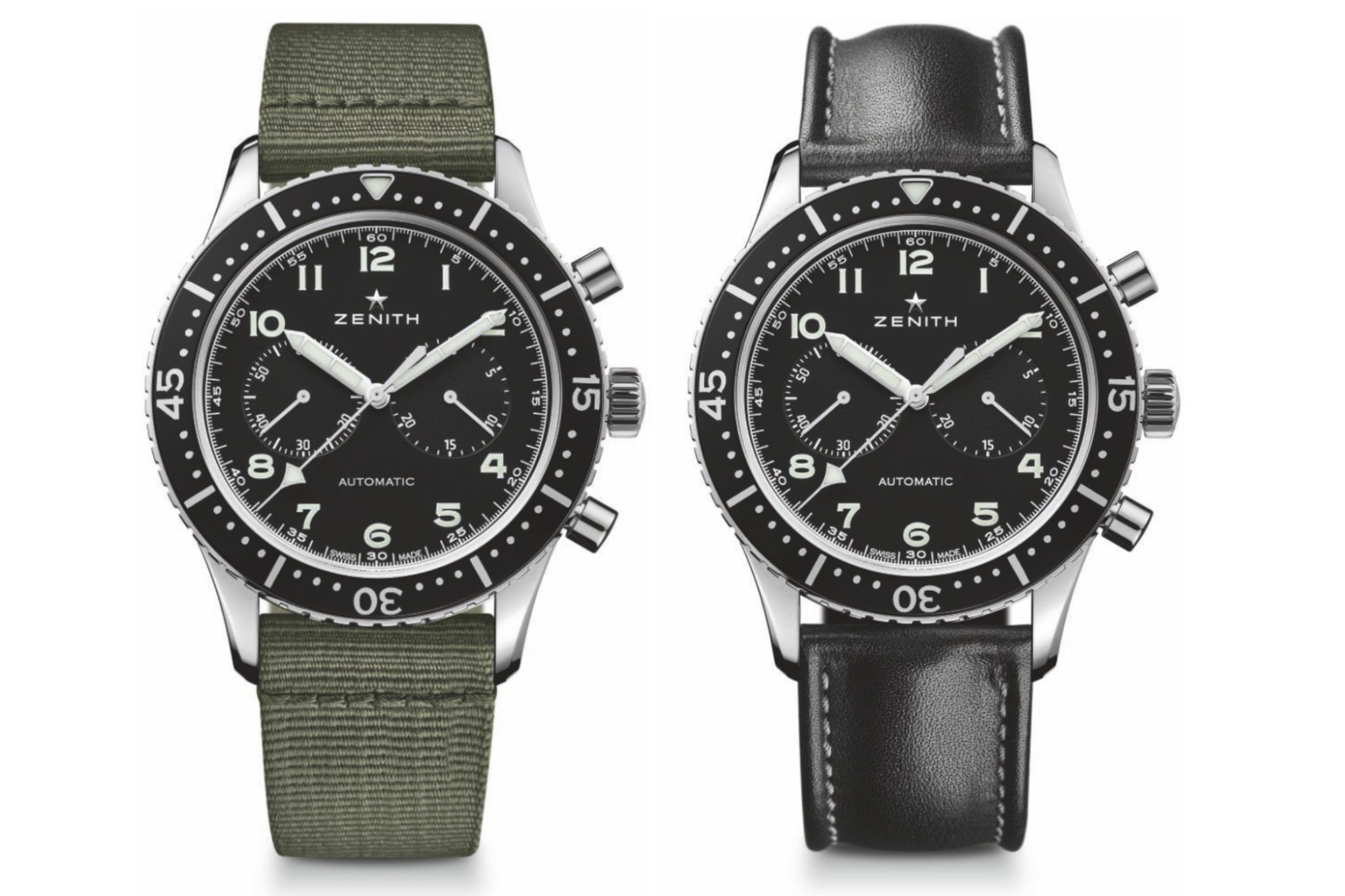
Zenith’s pilot’s watch line has also become a playground for the watch manufacture itself. We have already seen sapphire crystal cases and skeletonized movements in the collection. Alongside the more moderate vintage-inspired models, special editions featuring Cohiba and Trinidad cigars, the Rolling Stones or the Café Racer biker community have also made appearances.

The Pilot gets a facelift: The modern pilot’s watch
Admittedly, the Pilot from Zenith had always been a little extravagant up to that point: large, loud, angular – almost like on-board instruments for the wrist. Modern tool watches by all means, but not particularly fashionable. This changed last year when the watch company presented a completely revised Pilot collection. The line immediately appealed to a new target group that had previously shied away from wearing such a watch. Former CEO Julien Tornare revealed in an interview for DAMAN magazine that two days after the launch during Watches & Wonders, they had already achieved their sales targets for the collection.
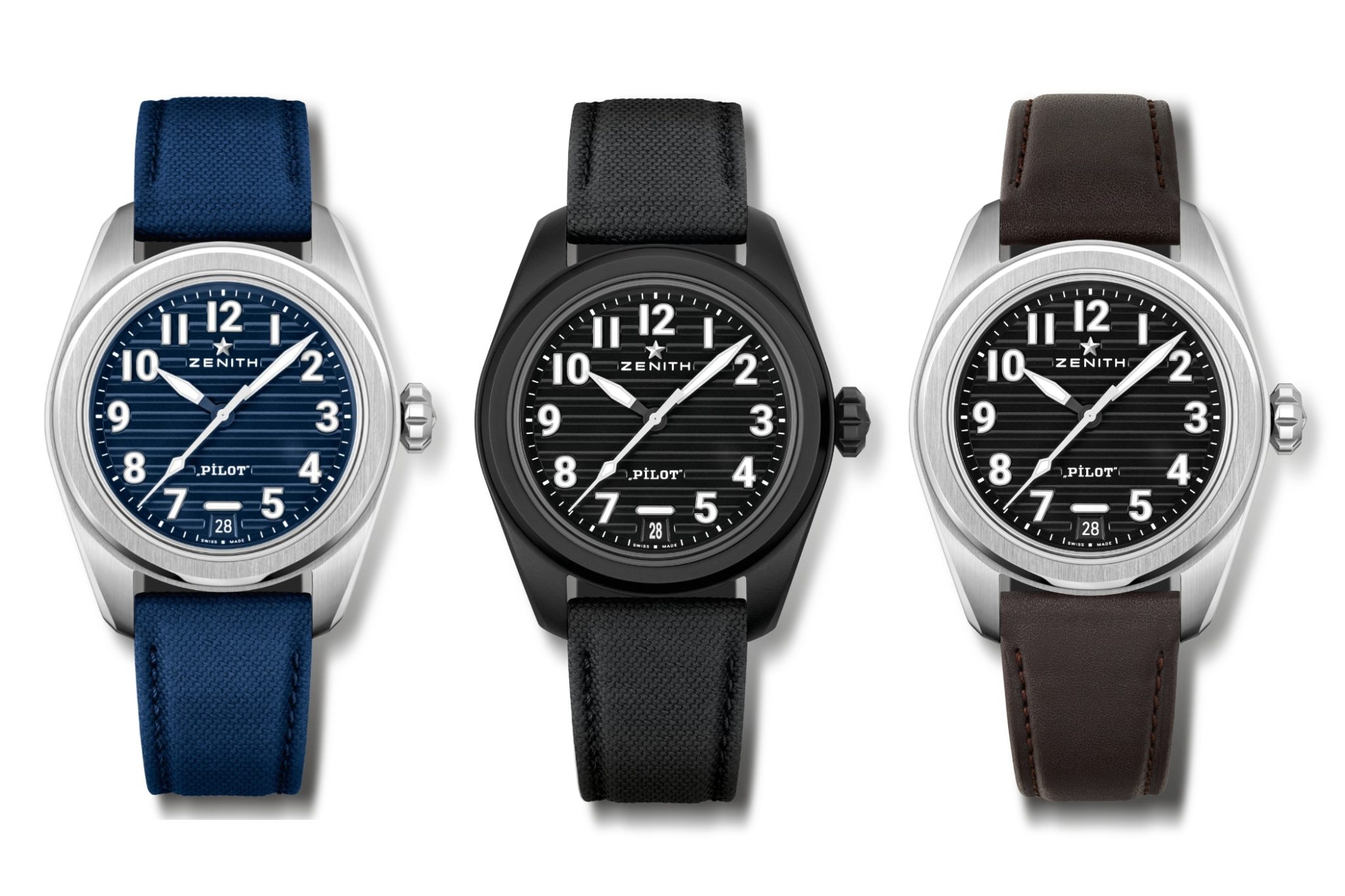
First and foremost, the team around Tornare has completely revised the case design. A flat bezel has been attached to the round case, which is presumably based on the look of a dashboard, but looks anything but out of date. The case is a wearable 40 mm in diameter and comes in stainless steel or black ceramic. For the stainless-steel version, the surfaces have a vertical satin finish and polished bevels. The black ceramic model has been micro-sandblasted and therefore has a matt finish.
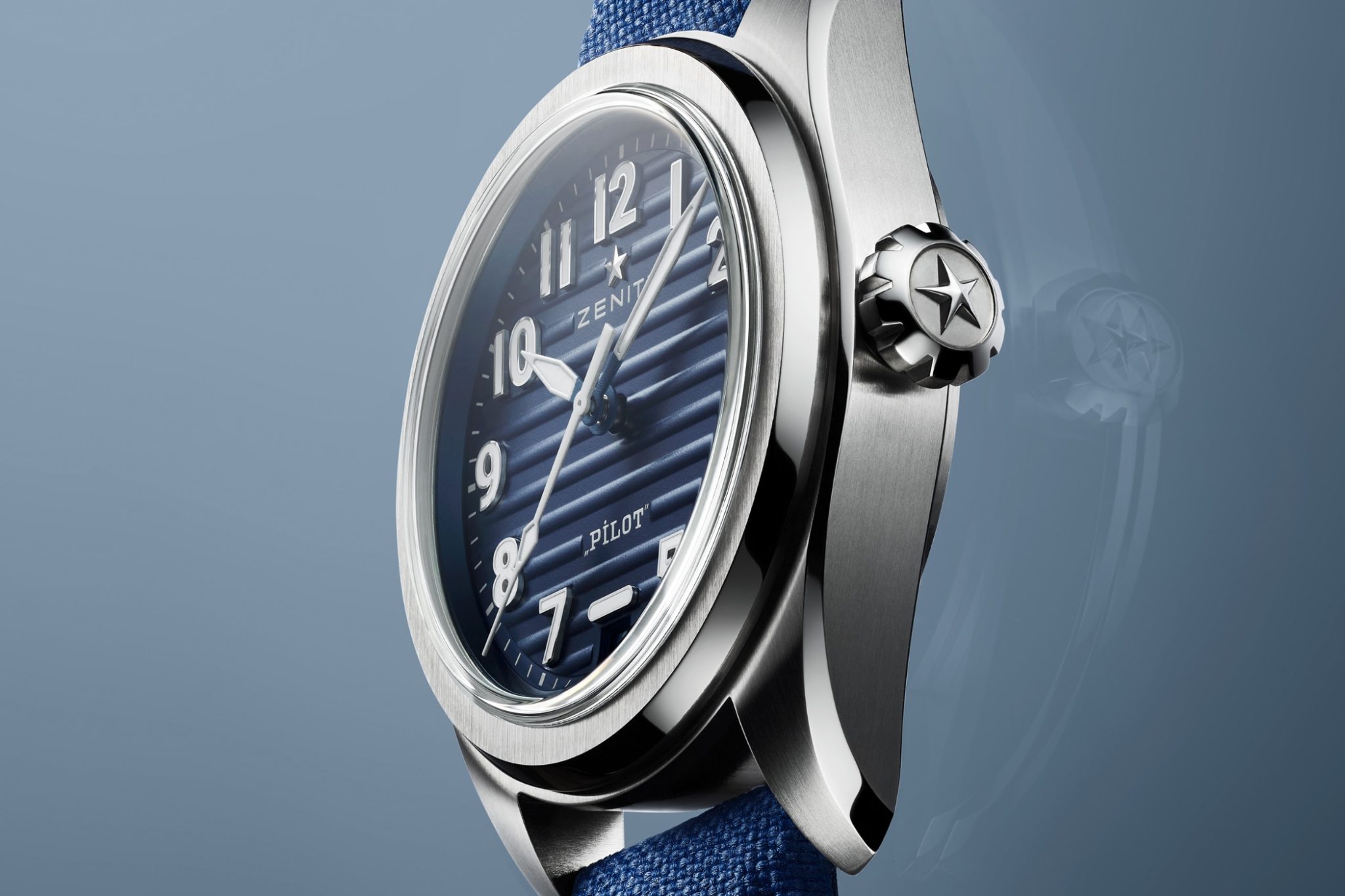
The crown is no longer quite so bulbous, and the large Arabic luminous numerals have been modernised as applied metal indices filled with white Super-LumiNova. The alignment and proportions of the date at 6 o’clock are very well chosen and harmonious. The El Primero 3620 manufacture calibre, which was previously used in the Defy models, offers a power reserve of 60 hours.
Pilot Big Date Flyback
For the pilot’s watch purists among modern hobby pilots, Zenith also presented a Pilot version with a large date and flyback chronograph at the same time, not only to be modern and à la mode, but also to incorporate the features of historical pilot’s watches. During the launch last year, Tornare said that he would never equip the Pilot with a perpetual calendar or a tourbillon, but that the reference to aviation must always be ensured. The new Pilot Big Date Flyback comes in two different versions featuring a stainless steel or black ceramic case and a 42.5 mm case diameter.
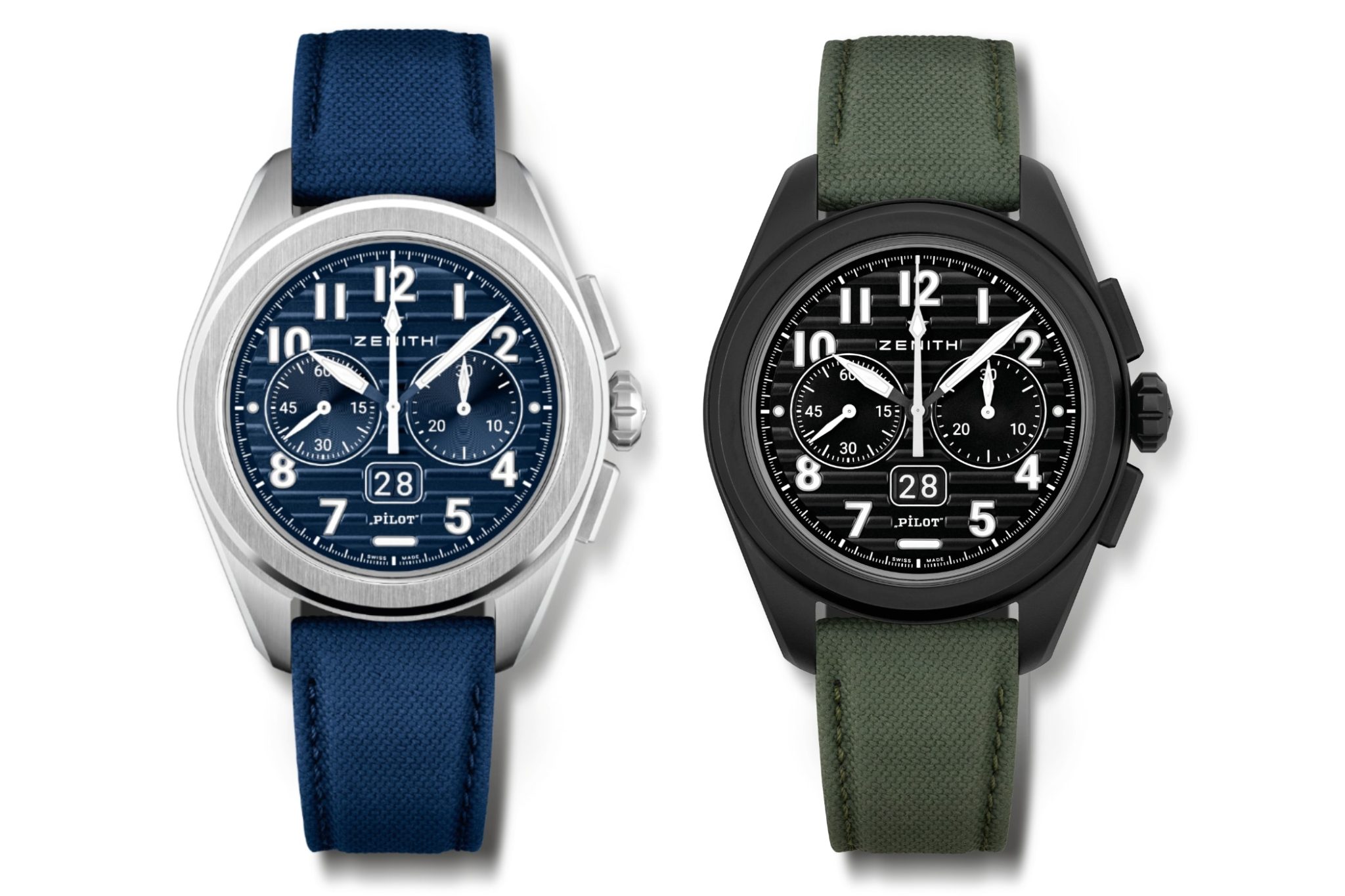
Zenith has even developed a new movement for the flyback, the El Primero 3652 with a frequency of 5 Hz. The date display has a patented mechanism that switches and stabilises the two wheels of the large date in less than 0.03 seconds. The strap options are also absolutely contemporary – khaki or black rubber straps with a Cordura effect, or alternatively brown leather straps.
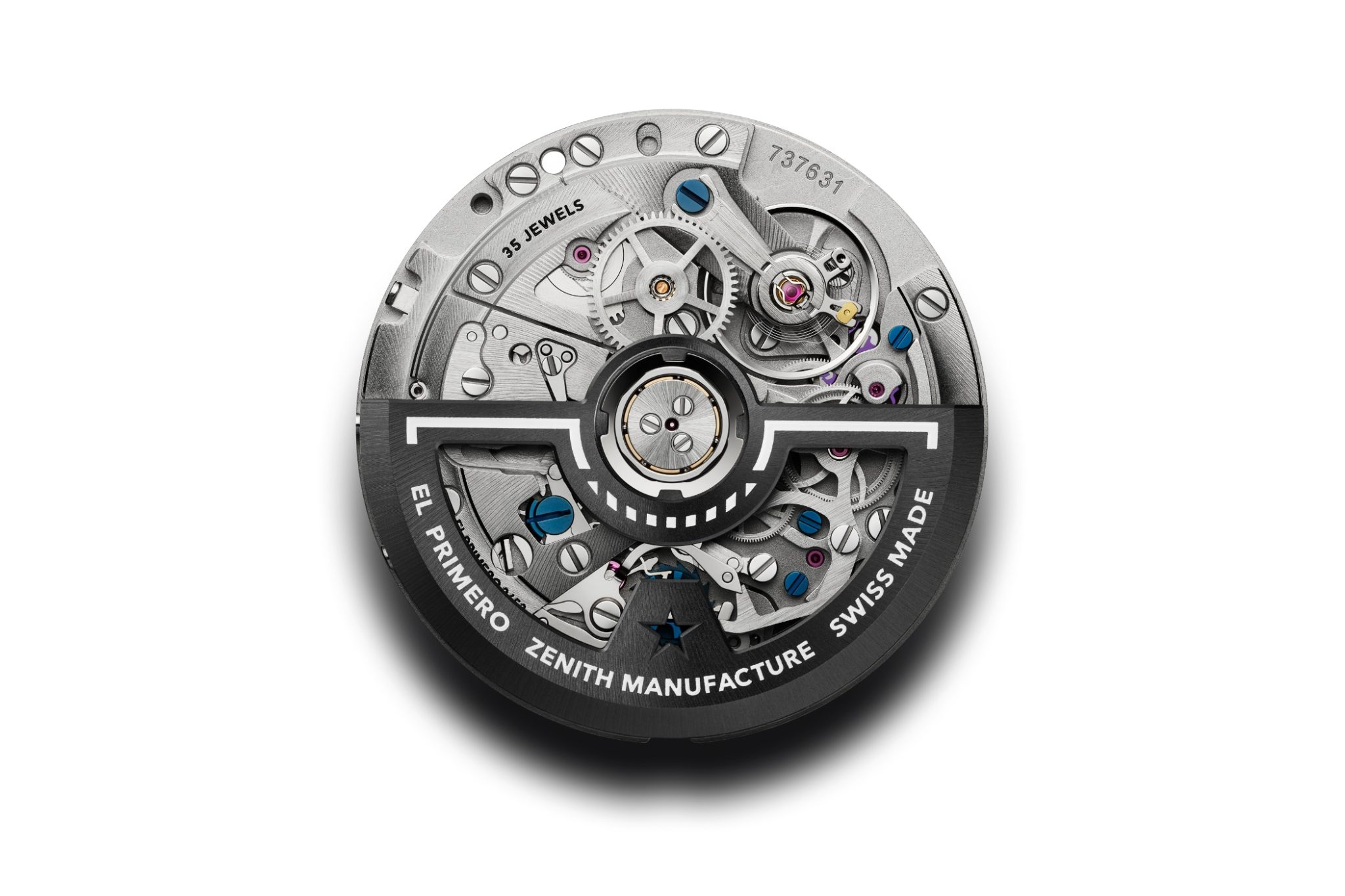
El Primero 3652
Not only has Zenith played a crucial role in the manufacture of precision instruments for aviation; the Pilot is also the line with the longest history at Zenith. Pilot’s watches are something for connoisseurs; a niche that will certainly not play a leading role in the watchmaker’s product portfolio in the future. But positioning the line more strongly in this segment is still a good path to go down, especially given its strong history. We will certainly see more of the Zenith Pilot in its new guise over the coming years, perhaps with a GMT function, as a dual time, or even as a world time watch.





